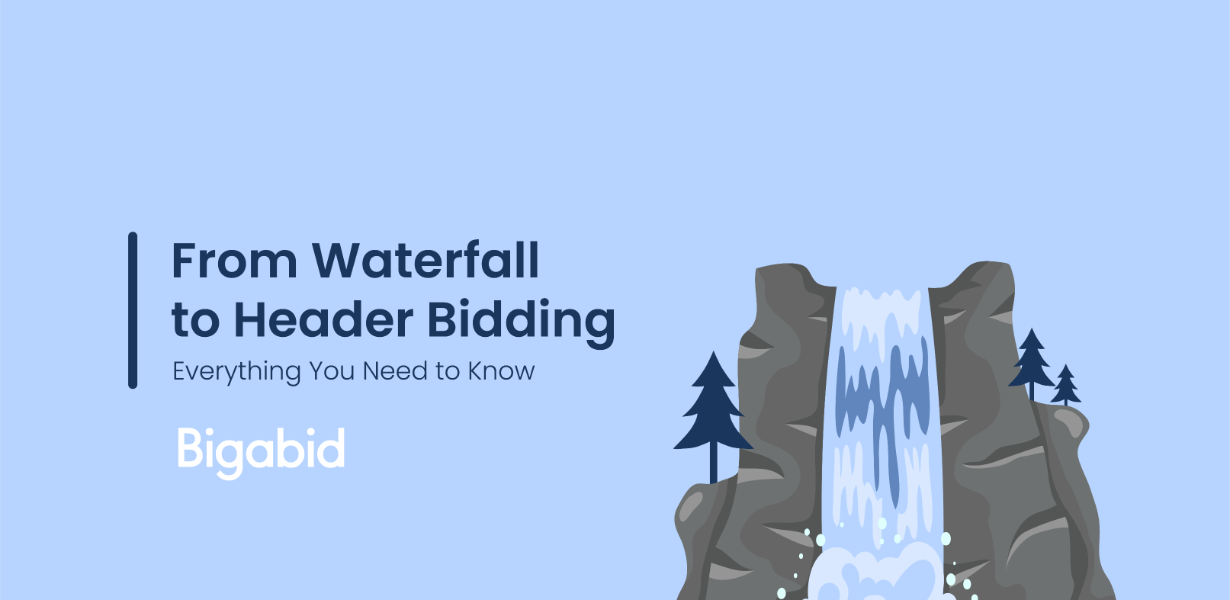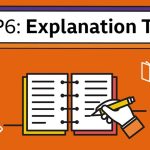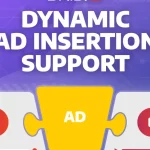
Streamlining Ad Delivery: The Role of Technology in Modern Waterfall Bidding
- Post
- August 9, 2023
- Ad Serving Tech, Header Bidding, Waterfall
- 0 Comments
In today’s rapidly evolving digital landscape, where advertising plays a pivotal role in capturing consumer attention, the process of ad delivery has become an intricate dance of algorithms, data, and technology. Welcome to our comprehensive exploration of “Streamlining Ad Delivery: The Role of Technology in Modern Waterfall Bidding.” With a focus on Waterfall Bidding and its implications for digital advertising, we delve deep into the strategies and technologies that power modern ad delivery.
The Evolution of Waterfall Bidding
Understanding Waterfall Bidding Dynamics
Waterfall Bidding, a term widely used in the realm of digital advertising, refers to a sequential ad serving approach. In this strategy, multiple ad networks or demand sources are lined up in a waterfall-like order. The process begins with the top ad network getting the first opportunity to fill the ad slot. If it doesn’t have a suitable ad, the request “falls” to the next network in line, and so on. This approach was initially effective but presented challenges like inefficiency and latency.
The Need for Streamlining
As digital advertising expanded, so did the need for efficiency and improved user experiences. The traditional Waterfall Bidding approach struggled to keep up with the demand for faster ad loading and better targeting. This paved the way for the integration of technology to streamline the process.
The Technological Leap: Header Bidding
Introducing Header Bidding
Header Bidding, also known as advance bidding or pre-bidding, emerged as a game-changer in the world of ad delivery. Unlike Waterfall Bidding, where ad requests happen sequentially, Header Bidding allows multiple demand sources to bid concurrently, improving the chances of higher bids and ultimately enhancing revenue for publishers.
Advantages and Implementation
Fair Competition: Header Bidding promotes fair competition among advertisers, enabling even smaller players to have a chance to win impressions based on bid value.
Maximized Revenue: With more demand sources bidding simultaneously, publishers can access a wider pool of potential revenue, boosting their earnings.
Enhanced User Experience: Faster ad loading times and more relevant ads contribute to an improved user experience, reducing bounce rates.
Unified Auctions: The Next Step
Unified Auctions Explained
Unified Auctions take the concept of Header Bidding a step further. Instead of running separate auctions for direct sold inventory and programmatic demand, Unified Auctions combine both, enabling direct and programmatic buyers to compete on equal ground.
Benefits and Impact
Optimized Monetization: Unified Auctions simplify the ad delivery process, maximizing the value of every impression by allowing all demand sources to compete at once.
Holistic Yield Management: Publishers can strategically allocate inventory across different demand sources, ensuring the best monetization strategy.
Data-Driven Insights: Unified Auctions provide comprehensive data on bid values and demand sources, enabling publishers to make informed decisions.
AI and Automation: The Future of Ad Delivery
The AI Advantage
Artificial Intelligence (AI) has become an integral part of modern ad delivery. AI algorithms analyze vast amounts of data to predict user behavior, enabling more accurate targeting and personalized ad experiences.
Automating Decision-Making
Real-time Bidding: AI-powered real-time bidding algorithms ensure that the right ad is shown to the right user at the right time, optimizing conversions.
Ad Placement: Automation helps in selecting the best-performing ad formats and placements, ensuring maximum engagement.
Final Words
In the ever-evolving landscape of digital advertising, the role of technology in streamlining ad delivery cannot be overstated. From the traditional Waterfall Bidding to the emergence of Header Bidding and Unified Auctions, and the integration of AI-driven automation, technology has revolutionized how ads are served to users. By optimizing ad delivery processes, publishers can enhance user experiences, maximize revenue, and stay ahead in the competitive world of online advertising.
Commonly Asked Questions
Q1: What is the main difference between Waterfall Bidding and Header Bidding?
A1: Waterfall Bidding follows a sequential ad serving approach, while Header Bidding allows multiple demand sources to bid simultaneously, enhancing competition and revenue potential.
Q2: How does Unified Auctions improve monetization for publishers?
A2: Unified Auctions combine direct sold inventory and programmatic demand into a single auction, maximizing impression value and simplifying the monetization process.
Q3: How does AI contribute to more effective ad delivery?
A3: AI leverages data to predict user behavior, enabling precise ad targeting and automated decision-making for ad placement and bidding.
Q4: What benefits does automated ad delivery offer?
A4: Automated ad delivery, powered by AI, ensures real-time bidding and optimized ad placements, leading to higher conversions and engagement.
Q5: What does the future hold for ad delivery technology?
A5: The future promises further integration of AI and automation, enabling even more personalized and efficient ad experiences for users.




